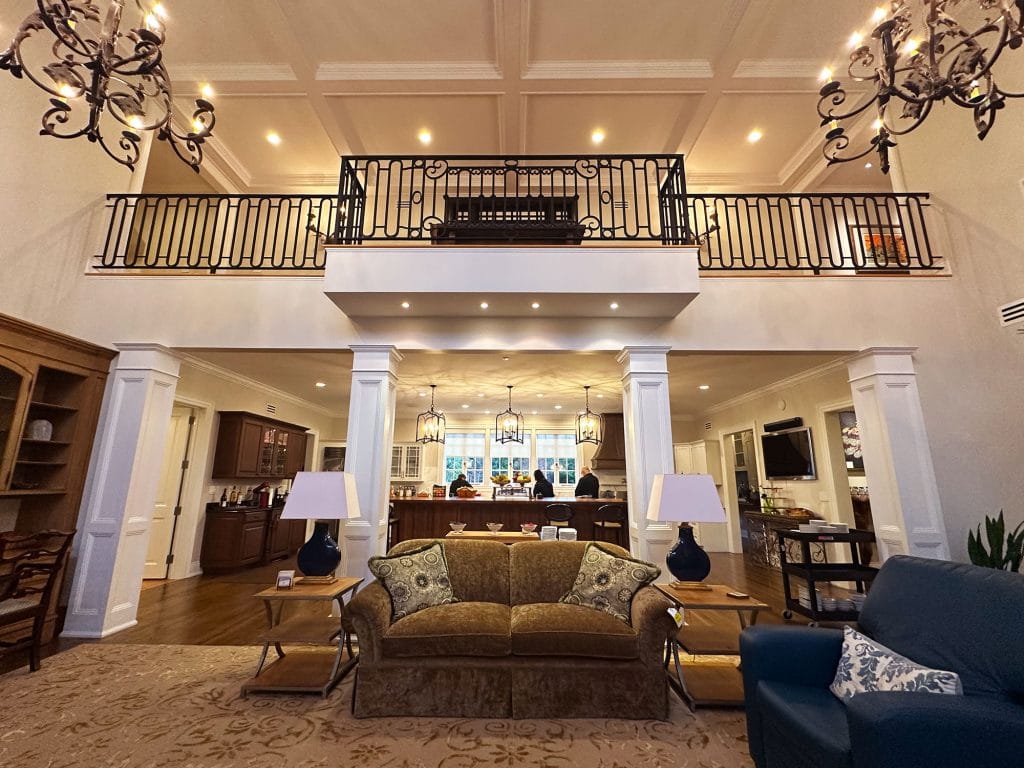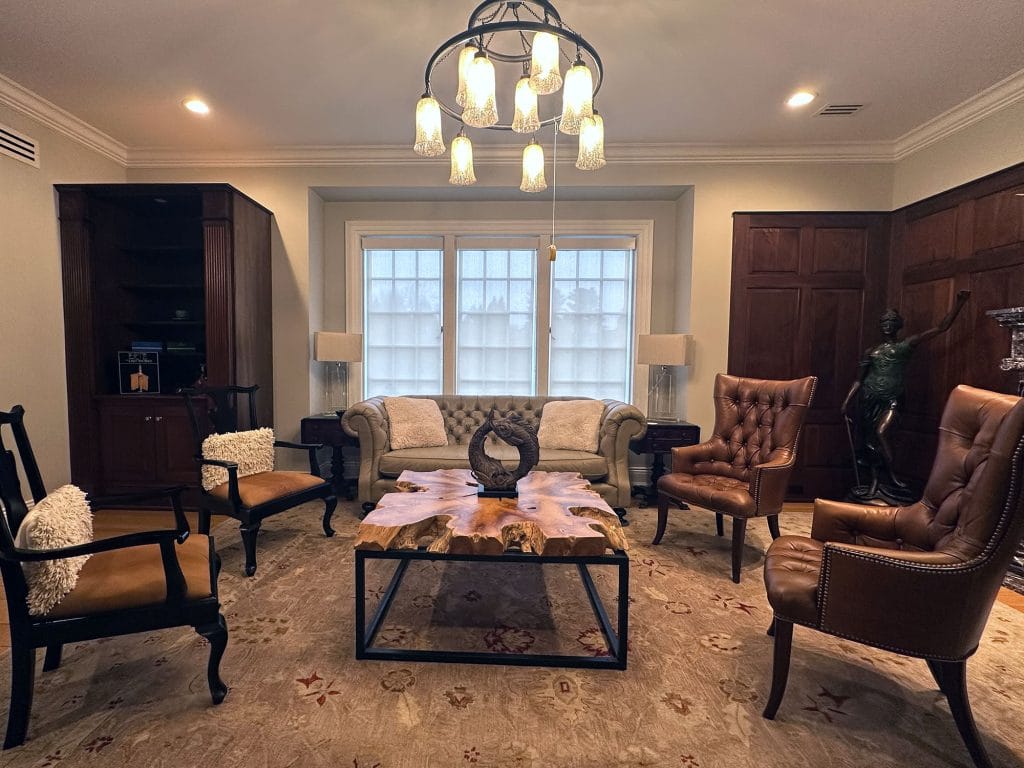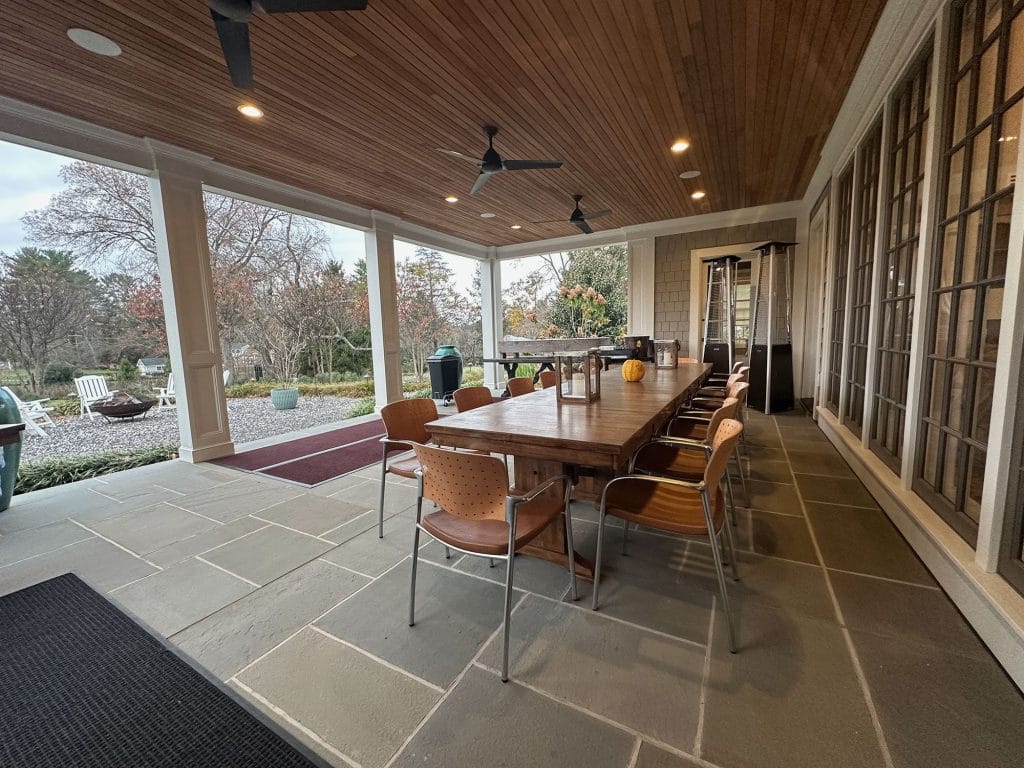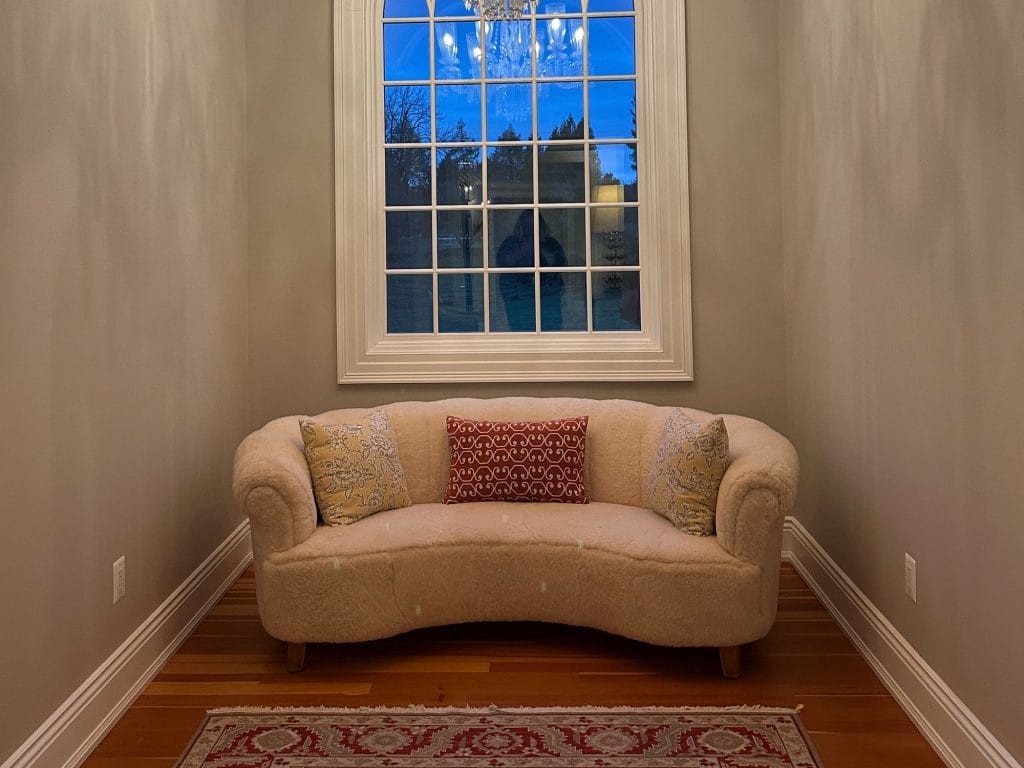In the heart of Towson, Maryland, a unique home stands as a symbol of creativity and sustainable living. The Second Chance Concept House goes beyond being just a home; it’s an inspiring example of how the old can beautifully merge with the new, highlighting the charm of reclaimed materials in a modern, inviting space. The ten-year journey to create this home reflects the dedication, skill, and values of Second Chance, a nonprofit organization committed to providing new opportunities for materials, people, and communities alike.
Founded in 2001 by Mark Foster, Second Chance has been at the forefront of architectural salvage, deconstruction, and workforce development. With a mission to reduce waste and provide job training for those overcoming employment barriers, the organization has reclaimed historical materials from countless homes and buildings along the East Coast. The Second Chance Concept House embodies this mission, breathing new life into reclaimed materials while demonstrating the full circle of their work—from salvaging and repurposing to sustainability and community impact.
Creating a Home Like No Other

The vision for the Second Chance Concept House began in 2013, when Mark Foster purchased a modest 1,600-square-foot home in the Hampton neighborhood of Towson. His goal was to transform it into a remarkable 8,200-square-foot example of what can be achieved when sustainability and innovative design come together. From the start, this project was more than a typical home renovation—it was a complete deconstruction and rebuild, with each detail thoughtfully planned and every material chosen with intention, all to show the incredible potential of using reclaimed resources.
What made this project truly unique from the start was Second Chance’s dedication to proving that anyone could take on a project like this—without the need for architects or designers—just a skilled team of craftsmen and a commitment to sustainability. The original house was carefully taken apart, piece by piece, leaving only the chimney and foundation walls as reminders of what once stood. From there, the new home began to emerge, with every component reflecting a story of renewal and the power of transformation.
Sourcing Reclaimed Materials

The process of building the Concept House was a true labor of love, requiring creativity, patience, and dedication. Second Chance’s team of craftsmen sourced materials from across the country, repurposing everything from floorboards to chandeliers to create a space that is both distinctive and inspiring.
One of the standout features of the home is its diverse flooring, which includes 10 different species of wood—each with a unique story to tell. Heart pine flooring, once part of Baltimore’s St. Peter’s Basilica, brings warmth and character to the office, while the cherry wood floors in the upstairs bedrooms were salvaged from the former home of actress Anne Bancroft in Queenstown, Maryland. These historically rich materials were carefully restored and beautifully integrated, turning the home into a living showcase of architectural stories and transformations.
Another standout feature is the custom-made English Oak entertainment center in the great room, reclaimed from a Bethesda estate. This piece serves as the centerpiece of the home’s entertainment space, blending craftsmanship with a rich sense of history. Elsewhere, French antique doors, salvaged from another project in Bethesda, lead into the library, adding an elegant, old-world charm to the modern design.
Throughout the home, reclaimed materials were chosen not only for their visual appeal but for the stories they carry. The bench in the hallway, for example, once sat in the halls of the iconic Barnes Museum in Philadelphia—a tribute to both the arts and the value of reuse. Even the kitchen island, crafted from 100-year-old pine beams salvaged from the Maryland Chemical Co. warehouse, speaks to local history and the beauty of transforming industrial heritage into something new and functional.
A Commitment to the Future

The Second Chance Concept House was built not only with reclaimed materials but also with a strong focus on environmental sustainability. The home includes cutting-edge geothermal heating and cooling systems, along with a Hoot aerobic septic system, to minimize its environmental impact. A charging station for electric vehicles further highlights the home’s commitment to eco-friendly living, showcasing a forward-thinking approach to sustainability that makes green living both practical and achievable.
In line with its commitment to sustainability, the exterior landscaping of the property also embodies Second Chance’s values. A native wildflower meadow surrounds the home, designed to attract pollinators and reduce the need for mowing. Additionally, 60% of the plantings and small trees were salvaged from various job sites. Cobblestones reclaimed from Baltimore’s Rash Field renovation line the paths and driveways, while gates and fences were sourced from an estate in upstate New York. Every detail of the home and its landscape reflects a dedication to minimizing waste and preserving natural resources, showcasing how thoughtful reuse can create both beauty and sustainability.
Elegance Meets History

At its core, the Second Chance Concept House is a celebration of history, craftsmanship, and vision. Each element within the home tells a story, from the marble mantle in the dining room, generously donated from Boston, to the Venetian plaster walls and ceilings that bring a sense of elegance to the space. The custom iron railing in the great room was reclaimed and refabricated to fit its new environment, showing how even industrial materials can be reimagined and given new life in a beautifully crafted home.
Art plays a meaningful role throughout the home. In the library, a marble mantle reclaimed from a Philadelphia estate complements built-in mahogany cabinets salvaged from Washington, D.C. A striking painting, The Artist Seduces The Muse by Kelvyn Davila, hangs over the great room’s mantle, adding a bold artistic touch. Upstairs, the master bedroom showcases a jade sculpture from a Miami donor alongside several Andy Warhol flower block prints, emphasizing the home’s deep connection to fine art and timeless design.
Each room offers a lesson in blending the old with the new. In one of the upstairs bedrooms, a cypress-covered wall, repurposed from a mushroom farm in Baltimore County, pairs seamlessly with cherry wood floors from Anne Bancroft’s former home. Even the bathrooms tell a story of transformation, mixing new and reclaimed materials, with vanity bases sourced from Alexandria, VA, and shower tiles donated by Architessa Ceramics. This thoughtful combination of elements reflects the home’s commitment to sustainability and creativity.

The Second Chance Concept House is more than just a home—it is a living example of what can be accomplished when imagination, sustainability, and craftsmanship come together. As a venue for future events and a showcase for the incredible work of Second Chance, this house stands as a testament to the organization’s mission and values.
The Second Chance Concept House is not only a celebration of the past but a commitment to the future—a future where luxury and sustainability can go hand in hand, creating homes that are both beautiful and responsible.